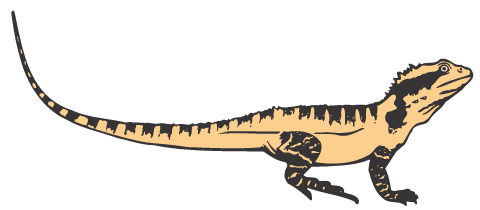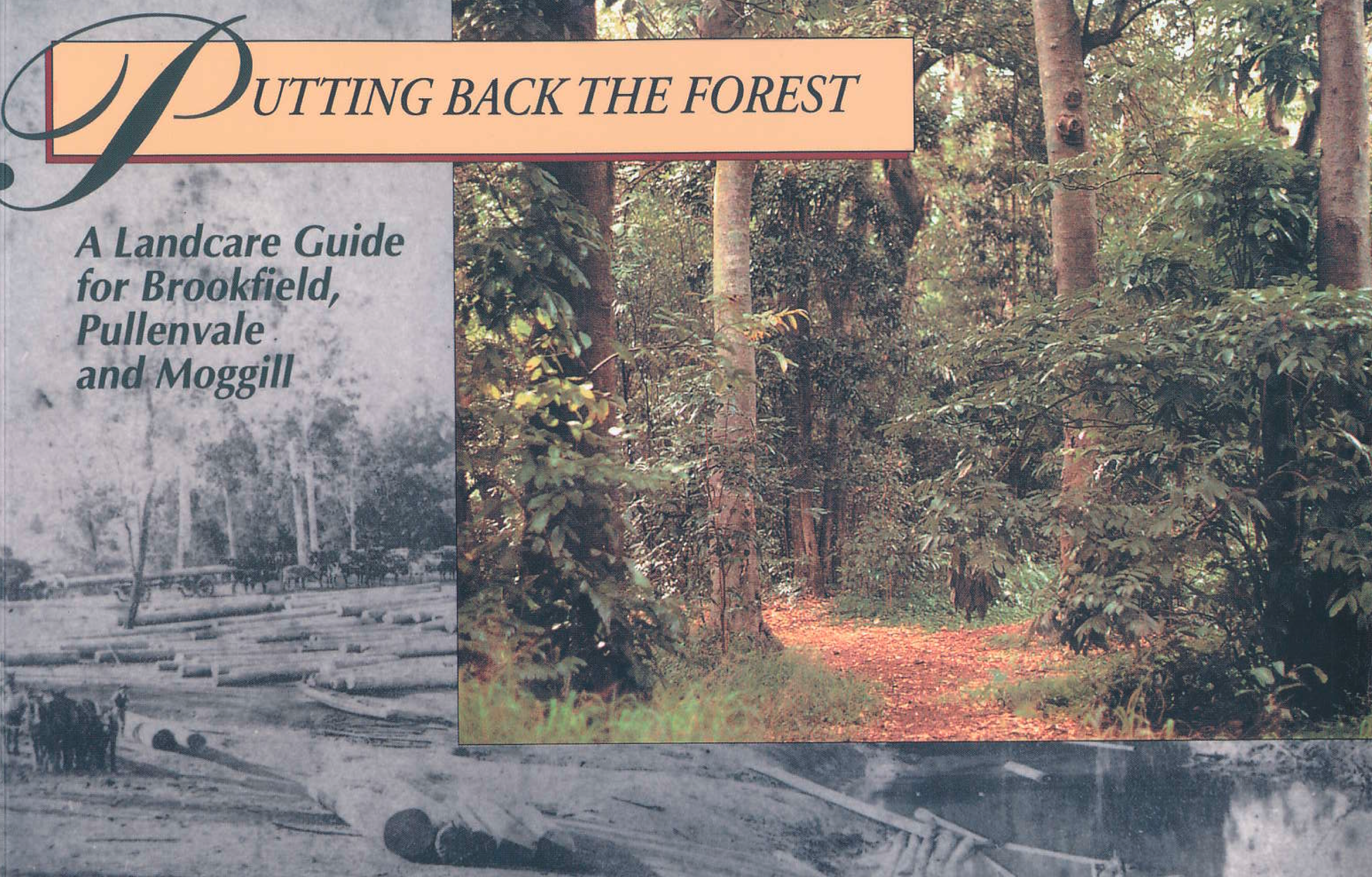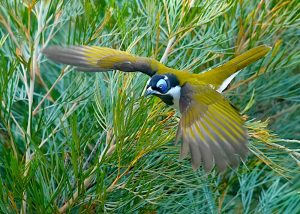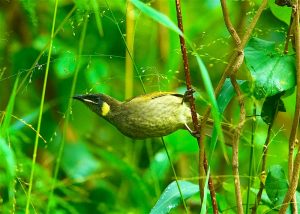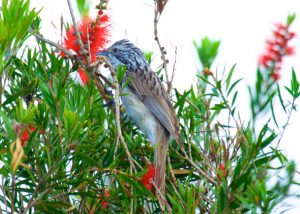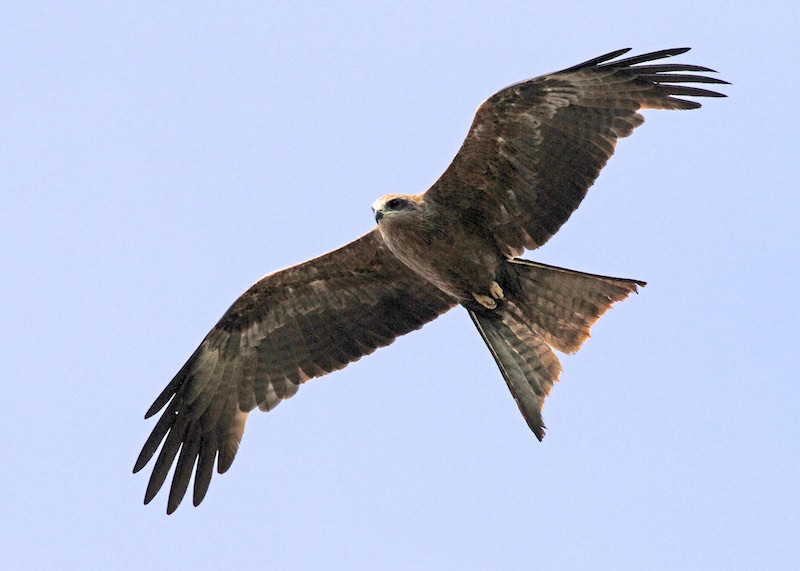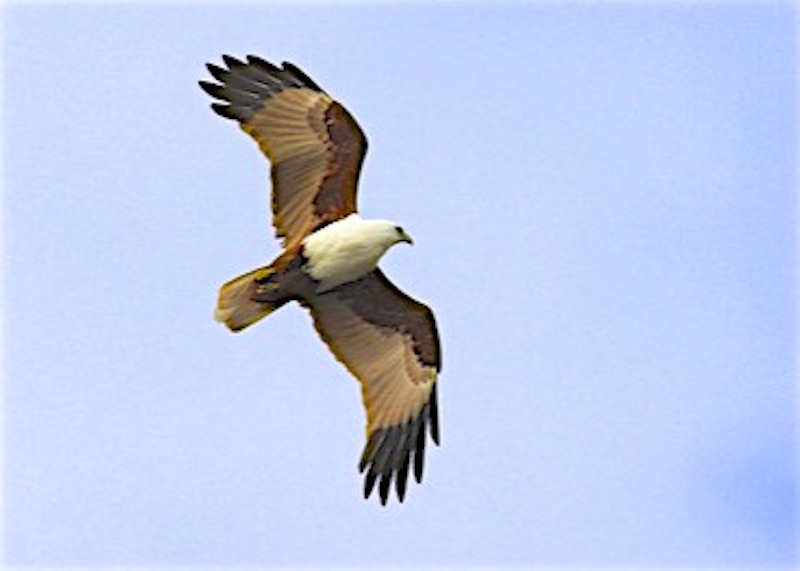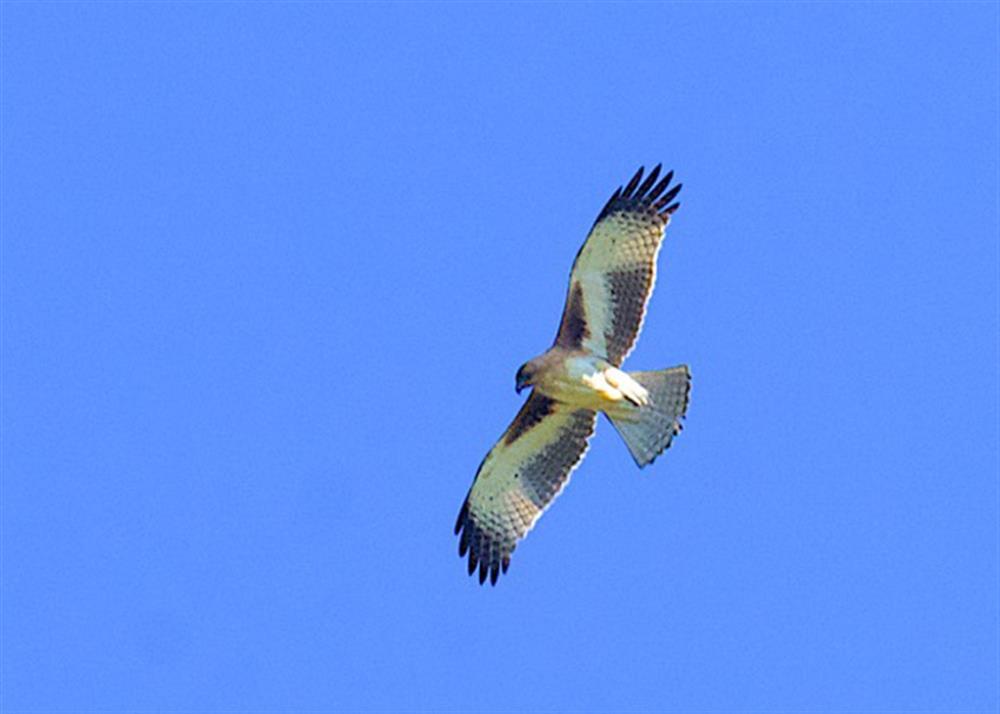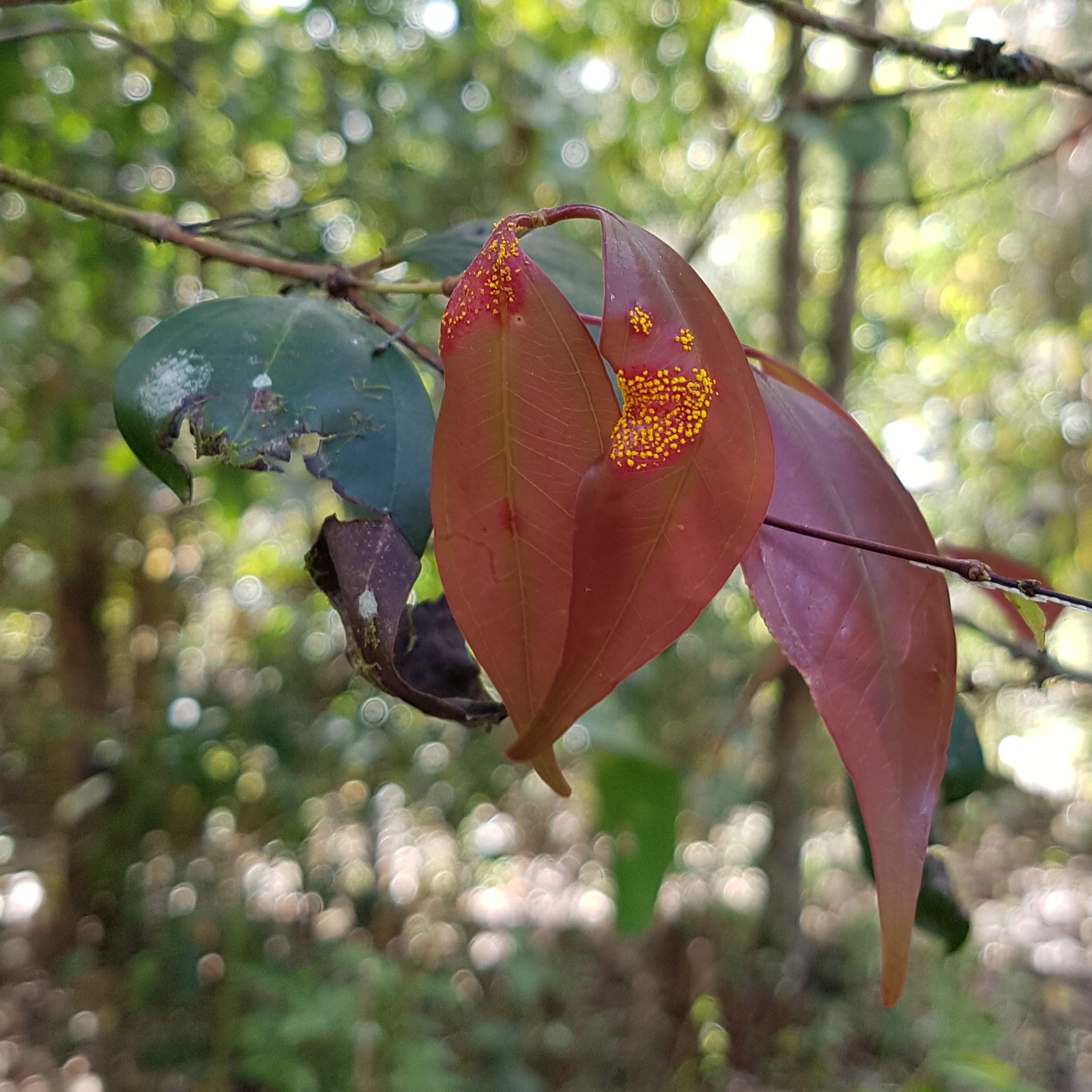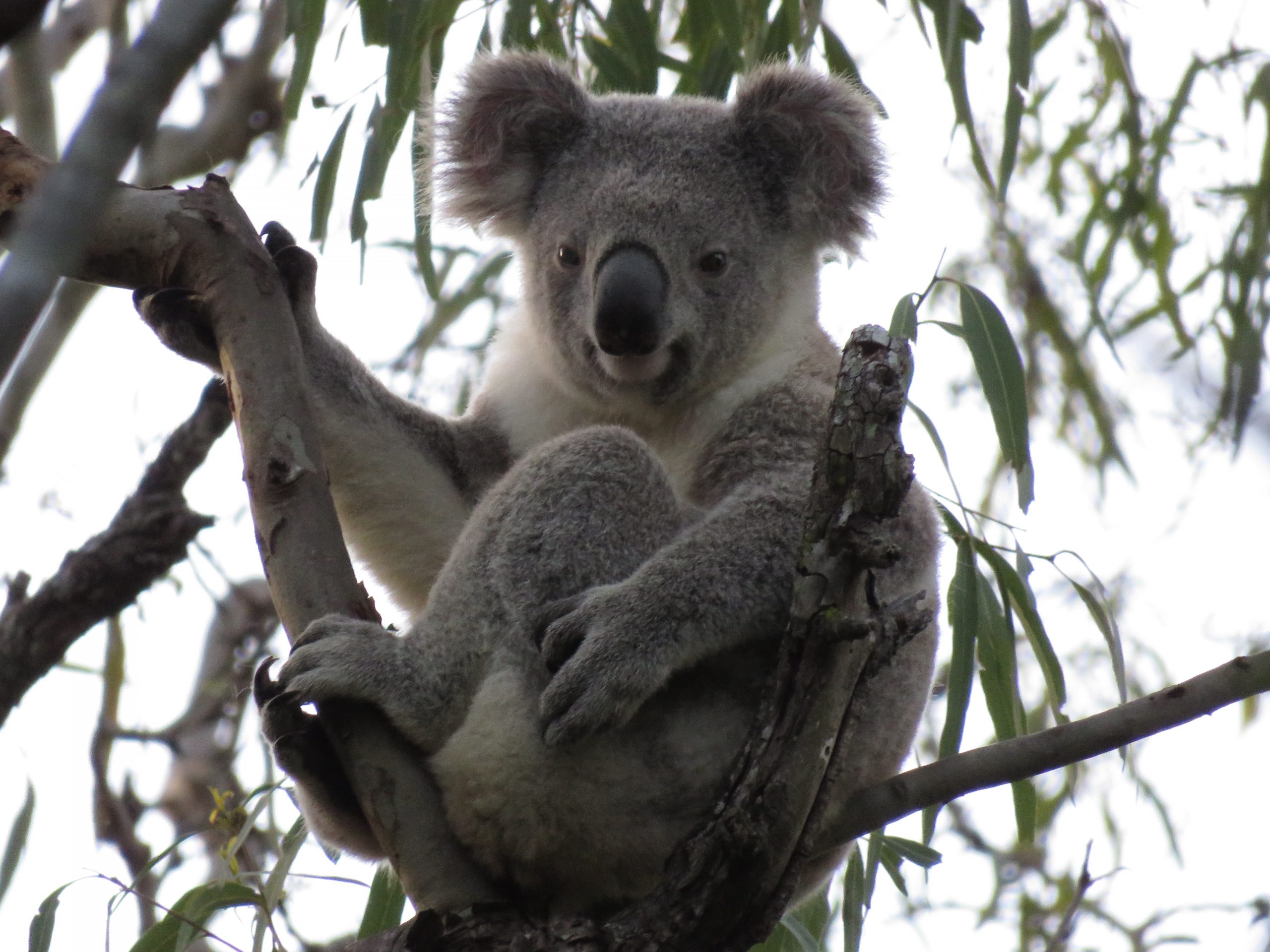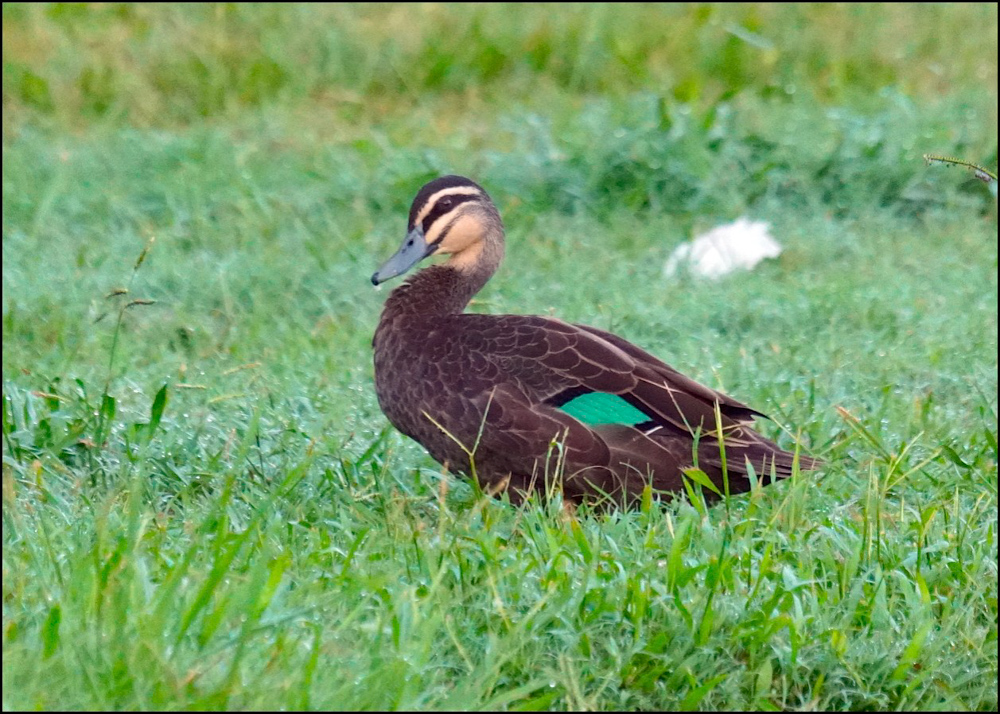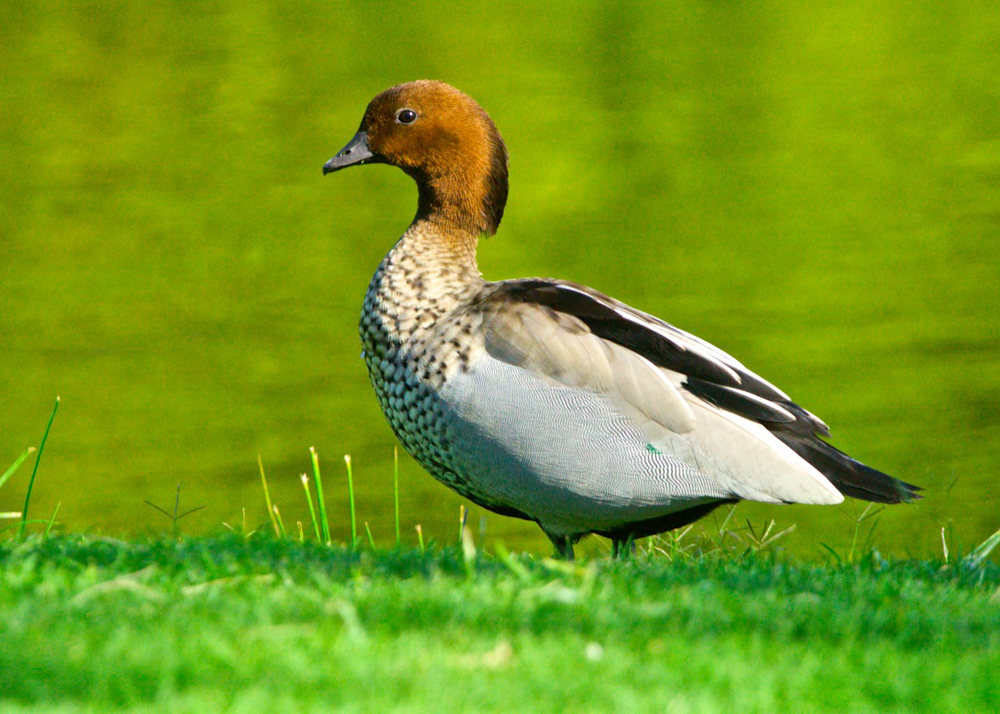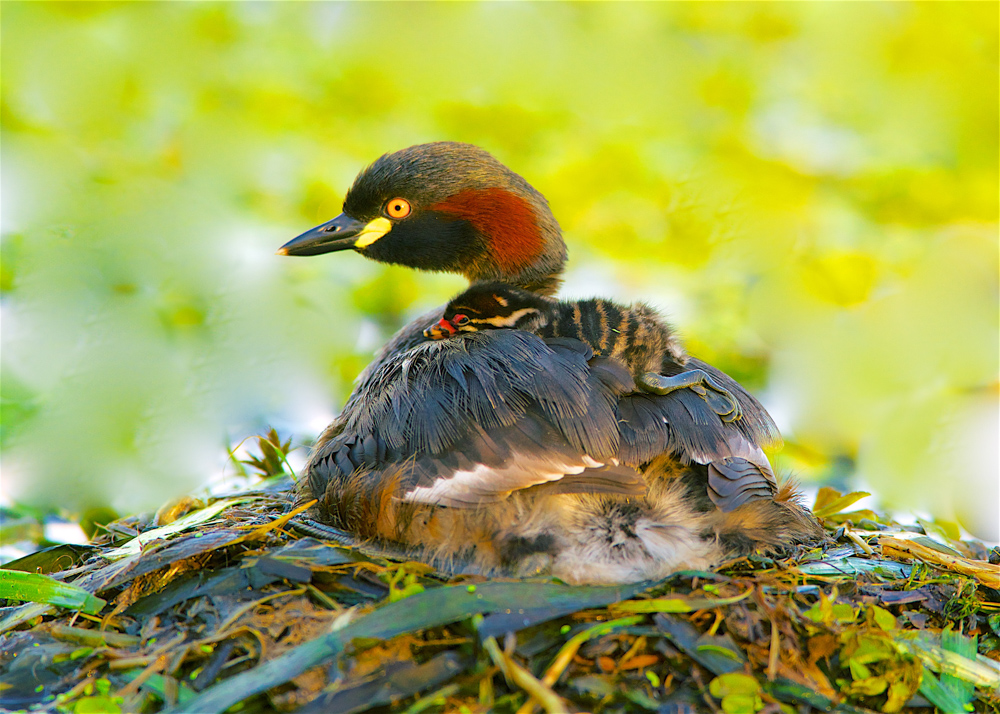Get snapping now for the 2022 MCCG Photo Competition
It’s time to get your your entries ready for the 2022 MCCG Photo Competition now in its 24th year! Check out the flyers for the Open & Digital Young Person’s Categories.
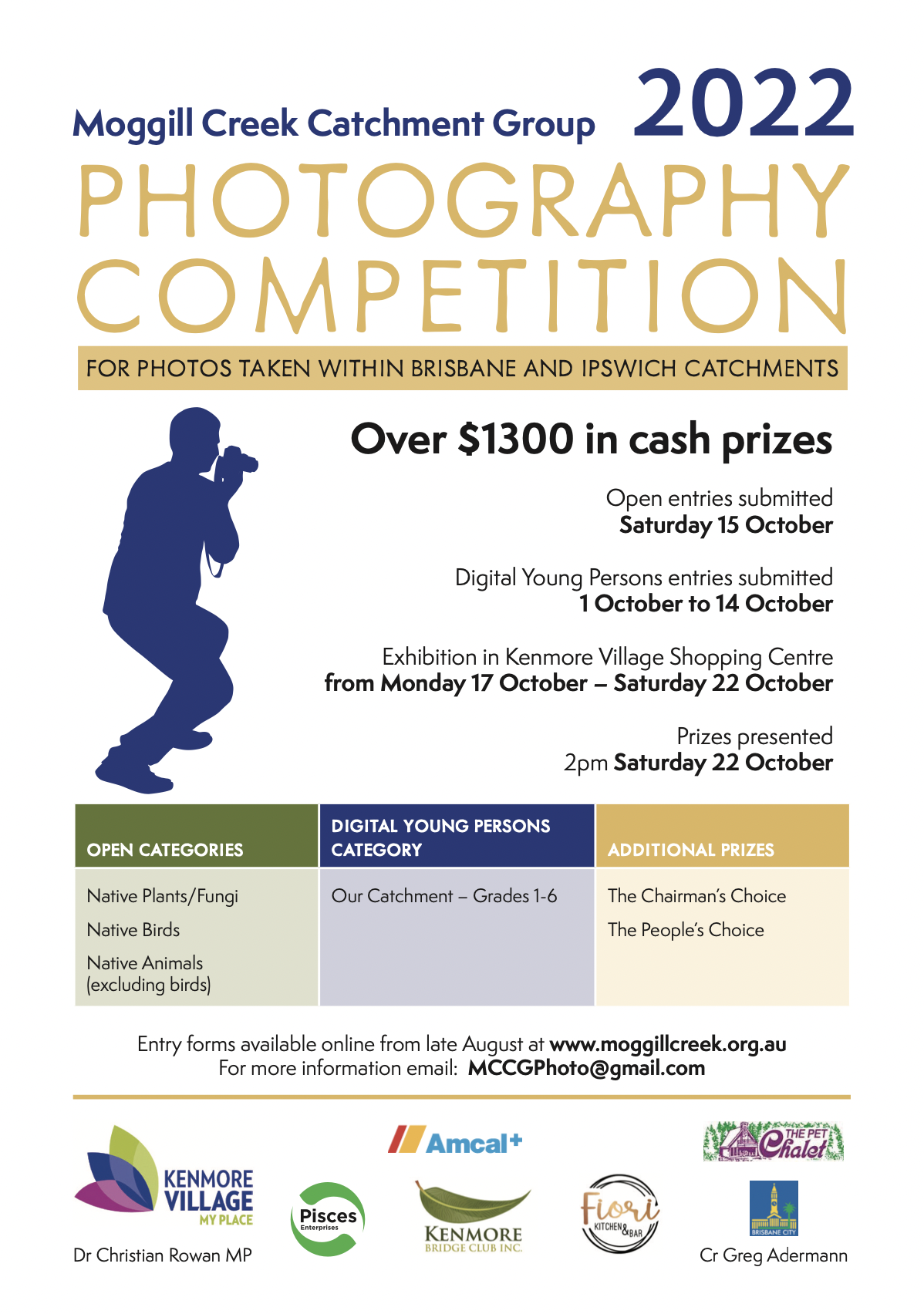

Terms & Condiditions for Digital Young Person Entry
DOWNLOAD & PRINT the ENTRY FORM
Check out the 2021 winners on the Photo Competition page
Wildlife Matters
Pheasant Coucal
We have a pair of Pheasant Coucals living up the hill behind our house. They are not true Pheasants and were previously included in the Cuckoo family. Recent investigations have shown significant differences in their biology, and they don’t lay eggs in other species nests, so their family is now usually split from the Cuckoos.
Coucals are known for their monogamous, stable territorial relationships. I often see them catching large insects and frogs, but they also are known to prey on eggs, chicks, lizards, rats, mice, frogs, and snakes. They are mainly ground predators moving through the long grass either ambushing or using a rather clumsy looking “flush and rush” technique. The male assumes black colouration during breeding. The nest is in long grass usually among lantana scrub. The male “bribes” the female with a food offering during copulation. In the photo he is offering a frog.
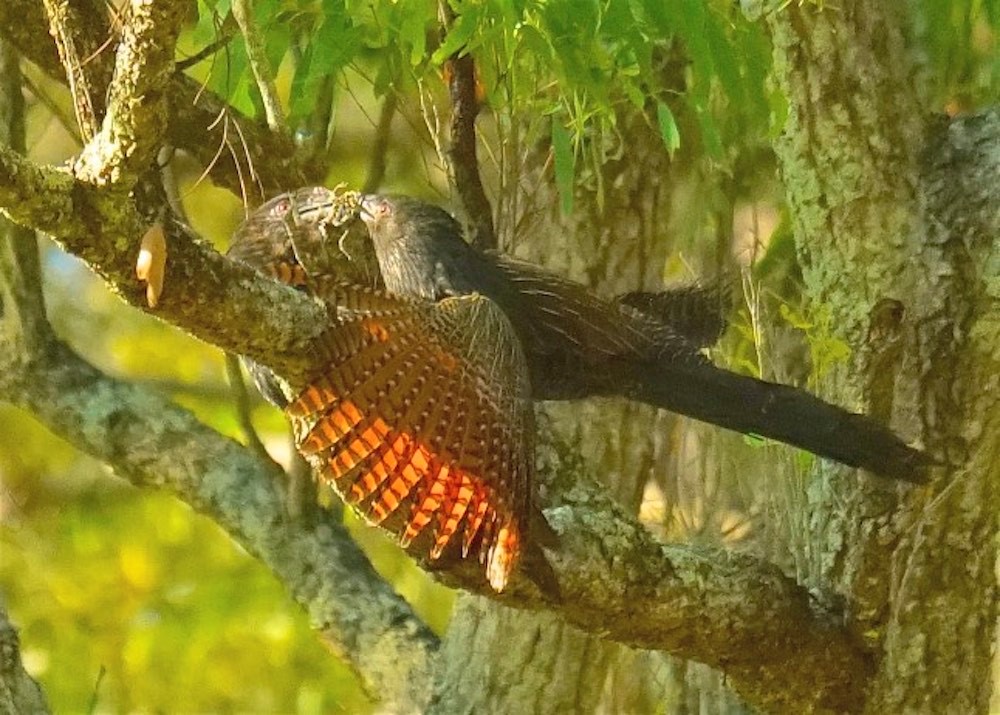 Pheasant Coucal Photo: Ed Frazer
Pheasant Coucal Photo: Ed Frazer
The female leaves him to do the incubation of the eggs and most of the feeding of the 3 or 4 chicks. After hatching they are fed in the nest for about 8 days and then they follow the male for 2 months before being driven out of the parents’ territory.
I usually see the two Coucals several metres apart calling to each other during the day. They have a distinctive, booming ‘Ooop Ooop’ call that travels long distances. When they are not hunting, they often sit in trees. I have seen them sunbathing in trees with both wings and their tail outspread. A very pretty sight. They are aware of my presence if I approach and will fly into a tree. As I get nearer, they try to hide behind branches of foliage while watching me intently and will fly off about 50 metres to another tree if I get too close.
The Coucal is an interesting bird and is found throughout Brisbane in suitable grassland habitat with a few trees.
Ed Frazer
Published in

Know Your Wildlife
How well do you know the local wildlife? You are invited to meet the Wildlife Identification Challenge!
CAN you identify these native birds using the Catchment Field Guides? What do they have in common?
1.
2.
3.
Answers below
All photos courtesy of Ed Frazer.
Answers
- Blue-faced Honeyeater (Entomyzon cyanotis)
- Lewins Honeyeater (Meliphaga lewinii)
- Striped Honeyeater (Plectorhyncha lanceolata)
They are all Honeyeaters of the family Meliphagidae.
Published in

Know Your Wildlife
How well do you know the local wildlife? You are invited to meet the Wildlife Identification Challenge!
CAN you identify these native birds of prey using the Digital Field Guides? Which of them is the world’s most common raptor?
1.
2.
3.
Answers
- Black Kite (Milvus migrans) photo Jill & Ian Brown
- Brahminy Kite (Haliastur indus) photo Tom Tarrant
- Little Eagle (Hieraaetus morphnoides) photo Ed Frazer
The Black Kite is thought to be the world’s most common raptor.
Published in

Wildlife Matters
Myrtle Rust – a growing problem!
Plants from the Myrtaceae family are iconic in the Australian native environment, with gum trees, lilly pillys, tea trees, and paper barks well loved by gardeners and bushwalkers alike. However, over the last few years, you may have noticed a new disease on one of your favourite Myrtaceae plants, the orange/ yellow spores of myrtle rust (Austropuccinia psidii). This plant pathogen, native to south America, was first detected in Australia in 2010. The pathogen is wind dispersed, making it difficult to control, and it has now spread across much of the east coast of Australia. Myrtle rust can infect the new leaves, and in some cases the flowers and fruits, of over 300 plant species. Repeated infection by myrtle rust over several years can kill plants with a low tolerance to infection, sometimes with severe consequences. For example, myrtle rust has killed large numbers of two rainforest plants, Rhodamnia rubescens (scrub turpentine) and Rhodomyrtus psidioides (native guava), resulting in these species being classified as critically endangered. However, not all Myrtaceae species are as susceptible, with most Eucalypt species and several common ornamental lilly pillys, including Syzygium luehmannii and Syzygium australe, showing a higher level of tolerance.
Work is ongoing to tackle the problem of myrtle rust with a group of dedicated people across Australia, from governments, universities, botanical gardens, and community groups working hard to define the problem and mitigate the impacts. There are ongoing projects to monitor the spread of myrtle rust, to breed or nurture tolerant populations of highly susceptible plant species, and even a project to develop a vaccine to protect trees against myrtle rust infection. The research conducted as part of my PhD studies also aims to work towards this goal, with one of my projects investigating the impacts of high tree death due to myrtle rust on fuel loads using remote sensing. If you are interested in learning more about the ongoing and completed projects on myrtle rust in Australia and overseas, I recommend checking out some of the presentations given at the 2021 myrtle rust symposium (Myrtle Rust – Plant Biosecurity Science Foundation (apbsf.org.au)).
Kristy Stevenson, The University of Queensland
Myrtle rust infection on Rhodamnia maideniana – photo Kristy Stevenson
Published in

June 28th: Guest Speaker Dr Bill McDonald – Brisbane rainforests – their flora, ecology and relationship within SEQ rainforest
Join us at Kenmore Library on Tuesday June 28th at 6.30pm (for 7pm) to hear distinguished guest speaker Dr Bill McDonald presenting:
Brisbane rainforests – their flora, ecology and relationship within SEQ rainforest.
The talk covers:
- Typical species of the Enoggera/Moggill Creeks
- Alluvial rainforests of Brisbane (esp. Rafting Ground Reserve)
- Rainforest ecology (fire/drought recent SEQ info)
- Rainforest regeneration (general or specific for SEQ)
- SEQ rainforest weeds
- Recent taxonomy
- Useful Eastern Rainforest Plants ID app (for species identification)
Biography: Dr Bill McDonald has been a leader of rainforest research within Queensland within the last 40 years. He has championed (and helped build) the tools used to identify the often infertile rainforest plants in eastern Australia. These tools have helped spur ongoing interest in native rainforest plants in Queensland, and also driven rainforest conservation and research. Bill has been the go-to person whenever ecologists needed information about these complex vegetation systems, and has always generously given his time and advice about plant identification and aspects of rainforest ecology. Bill completed his PhD on vine thickets within Queensland, however he has also studied the rainforests of the Wet Tropics in north Queensland, and worked and studied rainforests overseas in Borneo and PNG.
Winter Newsletter is out now
Eye spy with my little eye … a water dragon, an echidna, Black-eyed Susan, a red triangle slug, Mare’s eggs, a Northern Mountain Possum and a platypus! But wait there is so much more to see and read in the Winter Newsletter.
Thanks to Cathi for putting together another fabulous read and to all the contributors for sharing their wealth of knowledge, news and discoveries.
Here is the link for the Winter Newsletter
Wildlife Matters
The Koala – a species under threat!
The koala is one of the most well-known Australian animals. It is a marsupial, like many of our native mammals – this means that females have a pouch and give birth to extremely underdeveloped young, known as joeys, after a short pregnancy period of 33 to 35 days. Koala joeys (the size of a jellybean when born) spend the first 6 months or so of their lives inside their mother’s pouch. Koalas have a very specialised diet of eucalyptus (or gum) leaves. In fact, koalas only feed on about 50 to 60 of the 800 or so Eucalypt species found in Australia. Each koala has their individual preferences, and they often prefer the fresh juicy new growth known as ‘tip’ over mature leaves. Eucalyptus leaves are quite low in energy, resulting in koalas spending 18 to 20 hours each day resting or sleeping!
It is a very special experience to spot a wild koala. We are blessed to have localised populations of them in our Western suburbs – but for how much longer? While the threat of being hunted for their fur is no longer an issue (hunting was banned in the early 1900s), koalas still face many threats such as drowning in swimming pools, being attacked by dogs, being hit by cars, disease and habitat loss. Habitat loss, often caused by development, can increase the risk of pool drownings, dog attacks and car strikes as it forces koalas to move through suburban/developed areas. Ways to reduce these threats can be found at: https://environment.des.qld.gov.au/wildlife/animals/living-with/koalas/threats. The stress a koala faces due to habitat loss (including difficulty finding territory and food sources) can also make them more vulnerable to disease. Protecting existing koala habitats and wildlife corridors is crucial to their survival. To report a sick or injured koala in Queensland, please call 1300 ANIMAL (1300 264 625).
Words and photo by Rebecca Bain
Published in

Know Your Wildlife!
How well do you know the local wildlife? You are invited to meet the Wildlife Identification Challenge!
CAN you identify these native native waterbirds using the Catchment Field Guides? How do they differ in swimming and feeding behaviour?
1.
3.
Answers
- Australian Wood Duck (Chenonetta jubata)
- Pacific Black Duck (Anas superciliosa)
- Australasian Grebe (Tachybaptus novaehollandiae)
The Pacific Black Duck feeds by upending or ‘dabbling’, plunging its head and raising its tail out of the water. The Australasian Grebe is adapted for diving completely under the water, with its legs set far back on its body, so it does not walk well on land. In contrast, the Australian Wood Duck feeds mainly on land, eating grasses, clover and other herbs.
Published in


